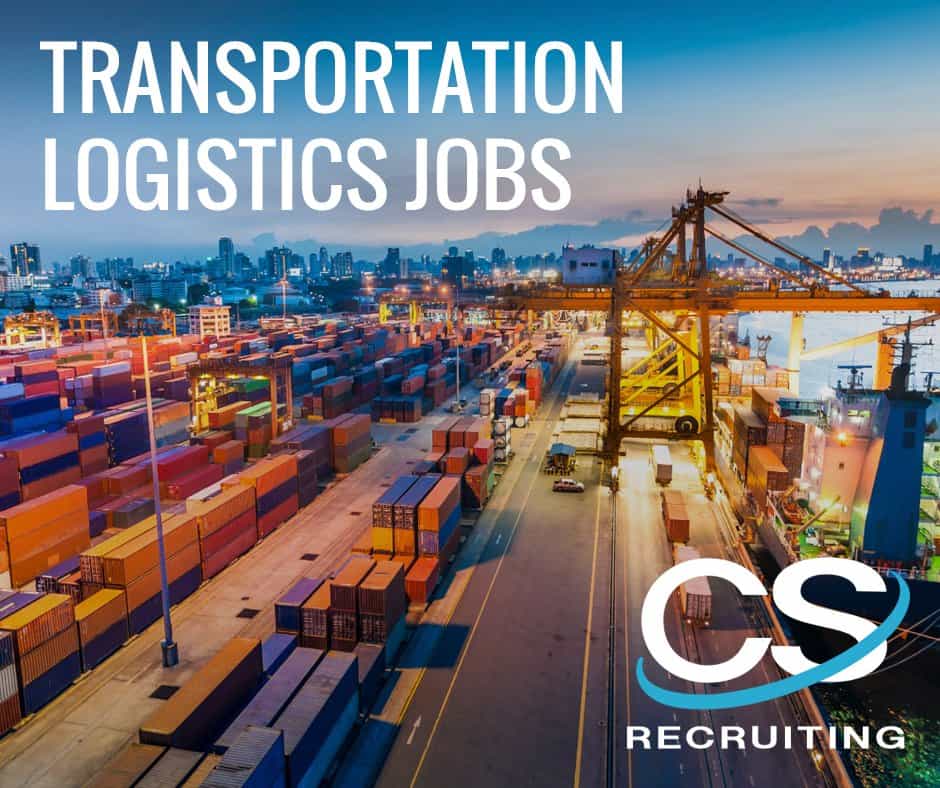A Flourishing Future Predicted for Intermodal Logistics into 2018
With last year’s record amount of intermodal growth, 2014 was predicted to be a positive year for the segment as well, and this prediction is proving to be a reality. Last year, intermodal volume was at its highest point on record, breaking record totals that were previously set in 2006 by almost 550,000 units. Despite carloads decreasing slightly by 0.5 percent last year, total intermodal volume amounted to 12.8 million containers – up a promising 4.6 percent.
Coat tailing off of last year’s success, 2014 has continued to be an exceptional year for intermodal rail transportation. In fact, the American Trucking Association predicts that the intermodal logistics industry will grow, on average, about 5.1 percent each year through 2018.
Food Logistics reports that U.S. Class I railroads, the majority of railroads in America, including BNSF Railway, CN, Canadian Pacific, and Union Pacific, continue to set intermodal volume records while simultaneously creating new infrastructure, equipment, and jobs. For example, BNSF saw their 2014 budget increase by $1 billion, totaling a staggering $5 billion. This growth in the intermodal logistics industry isn’t coincidental, but rather is an accumulation of many factors that are driving this evolution.
What’s Fueling Intermodal’s Record Growth?
According to Food Logistics, the ongoing freight conversion from road to rail is attributed as one of the larger factors in the intermodal industry’s steady and sizeable growth over the past few years. Other key influences in intermodal logistics’ rising popularity are the regulatory concerns associated with hour-of-service regulations, truck driver scarcity and high fuel prices. All of these factors combined are driving shippers to seek alternative transportation means, and the go-to alternative is becoming the intermodal route.
Intermodal shipping tends to be more cost-effective for shipping companies, too. What makes this mode of shipment more cost-effective than other types? Intermodal transportation allows for rail cars to be double-stacked, allowing them to hold more than double the cargo that a standard long-haul truck can carry.
Intermodal Logistics Job Growth
The growth of the intermodal logistics industry translates to expected job growth within this specific segment. Due to the continual development of this industry along with the varying factors listed above, intermodal jobs are predicted to rise throughout the course of the next several years, Bloomberg Businessweek reports. Intermodal logistics companies are looking for more employees to help meet their increased demand of shipments, especially throughout the upcoming holiday shipment season.
For intermodal businesses looking to hire excellent candidates to fill these voids and for job candidates looking for an intermodal business that’s right for them, CS Recruiting can help. CS Recruiting is the premier recruiting firm dedicated to finding the right fit for businesses and job seekers alike in the logistics industry. Recruiters at CS Recruiting are experienced professionals and have the necessary expertise and connections to make superior logistics industry hiring recommendations. For more information about how CS Recruiting can help staff your intermodal company or place you as a job seeker in one of these companies, contact us today https://cs-recruiting.com/contact-us.
